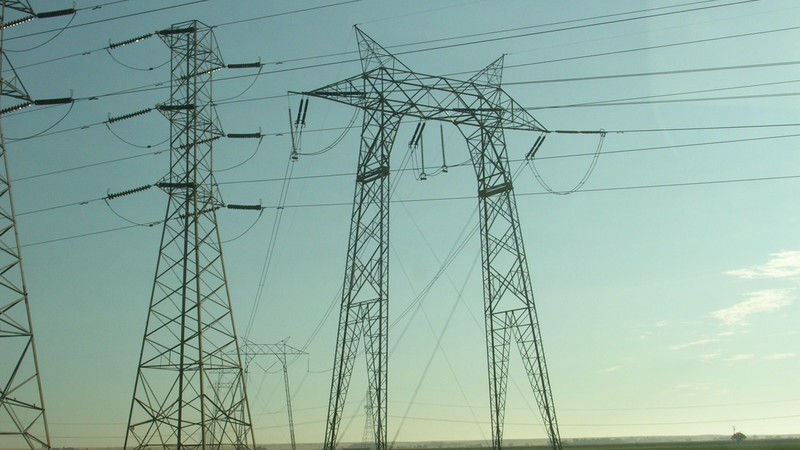
PG&E now says it plans to place 10,000 miles of power lines underground. Armin van Buuren / Wikimedia Commons C.C. 3.0 Share-Alike License
Just three days after admitting that one if its power lines may have sparked the Dixie Fire — now classified as a “megafire” after crossing the 100,000 acre threshold on Thursday — Pacific Gas and Electric now says it will bury 10,000 miles of power line underground, according to a Bay Area News Group report by Fiona Kelliher and George Avalos, published by the Mercury News.
But PG&E gave no timetable for the massive project, and offered few details as to how it would be paid for — except to say that a “starting” cost would come in between $15 billion and $20 billion, according to the report.
The announcement also came about three weeks after PG&E asked the state to authorize an 18 percent rate hike for its customers over three years to cover the cost of fire prevention upgrades.
The Dixie Fire started just a few miles from the ignition point of 2018’s deadly Camp Fire, which killed 85 people and was also started by a PG&E power line. The utility company has agreed to pay out $13.5 billion to victims of that fire, and of other fires started by PG&E power lines and equipment gone awry.
A Wall Street Journal investigation in 2019 found the PG&E equipment had been responsible for igniting 1,500 fires, and noted in 2017 alone, California fire investigators linked PG&E to 17 major blazes.
The company currently has about 100,000 miles of overhead power lines, and about 27,000 miles underground, according to the Bay Area News Group report. Since the Camp Fire, PG&E has buried about 80 miles of power lines in Butte County, site of both the Camp and Dixie fires, and hopes to pick up that pace to a rate of 1,000 miles per year — meaning that the project announced on Wednesday would take about a decade to get done.